If you’re like us, you’re probably appreciating smaller lenses when you can get them. They’re light, capable, and often affordable. In the vast camera market though, most of those lenses are primes (single focal lengths). And if you’re moving up from your smartphone, you want a zoom! With that said, some of the best OM SYSTEM lenses under $1,000 check off all the boxes you’d be curious about. If they’re good enough for the pros, they’re good enough for you.
This piece is presented in partnership with OM SYSTEM. We’ve independently and ethically reviewed all the products in this post already without sponsorship. And we worked with them to recommend a few key gems to you.
How We Chose the Best OM System Lenses on a Budget
Here’s some insight into how to use this roundup of the best OM SYSTEM lenses under $1,000:
- Our Editorial Policies don’t allow us to speak about products we haven’t tried. Lucky for you, The Phoblographer has done the most real-world reviews of lenses on the web! All the product and sample images were shot by this. Sure, this piece is done in part of a sponsorship with OM SYSTEM, but they’re well aware of our transparent policy on things.
- When considering the best OM SYSTEM lenses, know that if it says “PRO” in the name, it’s their highest-end option. And luckily, they’re not out of the budget of most people into photography.
- Zuiko is the name OM SYSTEM (and Olympus before them) chose for their lens lineup. It means “Light of the Gods.” Just a cool bit of history we thought you should know!
- Most of the best OM SYSTEM lenses on a budget have weather resistance. Notice how we’re not saying “weather sealing.” Barely any products are weather sealed; they’re resistant to the weather. If you’re picking up a PRO lens, know it’s boasting weather resistance. Also, know that this doesn’t only help with durability, it also keeps your camera’s sensor pretty clean. As it is, OM SYSTEM has great vibration technology that keeps dust off the sensor as bes it ctan.
- This is the Micro Four Thirds system. When you’re considering the focal lengths, know you have to multiply them by two. So, a 14mm lens is actually 28mm in traditional photography speak. It makes for excellent photography of wildlife and for getting more of a subject in focus.
M.Zuiko ED 14-150mm f4-5.6 II
Who is it for?: There are lots of folks who loved the idea of interchangeable lens cameras but never change their lenses. This lens will pretty much be in a long-term relationship with your camera. They’ll be that couple that go everywhere together.
In our review, we state:
“This lens is absolutely no exception: your subjects will be acquired quickly, quietly, and with little fuss providing you’re using the specific autofocusing points. With the OMD E-M5 Mark II, it can take a bit longer if you choose to utilize the small focusing point option, but even then it’s still faster than everyone else’s offerings out there.”
M.Zuiko 12-45mm f4.0 PRO
Who is it for?: The photographer going on an excursion to somewhere like Iceland or anywhere with rough terrain will be very glad they have this lens. When it’s coupled to equally weather-resistant camera, they’ll have one of the most durable and reliable combinations on the market.
In our review, we state:
“This is a fantastic walkaround lens that you’ll enjoy mounting on your camera. It’s as small as a prime, and it’s versatile. You never need to stop it down.”
M.Zuiko 9-18mm f4-5.6
Who is it for?: This lens, flat out, is for landscape photographers. Going to the rolling hills of Ireland? Take this lens along.
In our review, we state:
“The M.Zuiko 9-18mm is as straightforward to use as any Micro Four Thirds zoom lens. Only the collapsing mechanism might be a little awkward for first time users. This being a super wide-angle lens though, the vastness of the scene appearing on the screen when the lens is set to 9mm might be frightening at first.”
M.Zuiko 40-150mm F4.0 PRO
Who is it for?: The photographer who wants the best in portraiture and even getting into birding territory should consider this lens. We used it to photograph a cute puppy as well. You should check out our full review!
In our review, we state:
“OM System says the 40-150mm f4 Pro is the lightest, most compact 300mm equivalent zoom with a fixed aperture. It weighs just over 13 ounces and, when retracted, is less than four inches long. Indeed, it felt more like carrying a wide-angle prime than a 300mm lens. Of course, much of that weight savings comes from the narrower f4 aperture and the crop factor of Micro Four Thirds that pushes this lens to a 300mm equivalent.”
M.Zuiko 12-40mm F2.8 PRO II
Who is it for?: The pro photographer and the passionate photographer alike will find they’ll love what the 12-40mm can do. Combine it with something like the Live Composite feature for photos that your friends will be jealous of.
In our review, we state:
“The OM SYSTEM 12-40mm f2.8 PRO II can produce some beautiful image quality. Personally, I had the most fun using it with the camera system’s art filters. When they weren’t being used, it was still pretty good. This is thanks to the new processor and sensor in the OM System OM1.”
The Phoblographer’s various product round-up features are done in-house. Our philosophy is simple: you wouldn’t get a Wagyu beef steak review from a lifelong vegetarian. And you wouldn’t get photography advice from someone who doesn’t touch the product. We only recommend gear we’ve fully reviewed. If you’re wondering why your favorite product didn’t make the cut, there’s a chance it’s on another list. If we haven’t reviewed it, we won’t recommend it. This method keeps our lists packed with industry-leading knowledge. Some of our stories include affiliate links. If you buy something through one of these links, we may earn an affiliate commission.


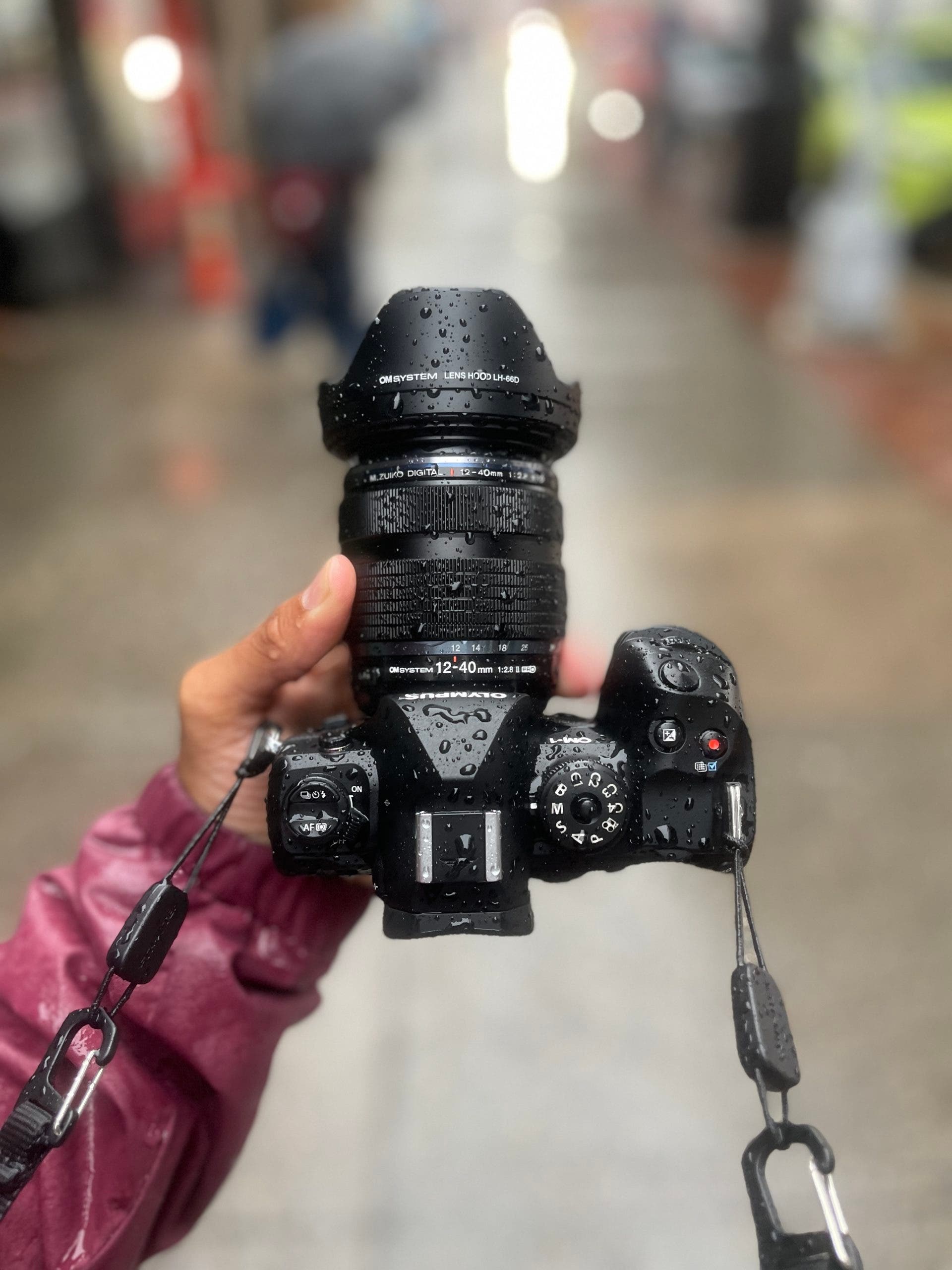
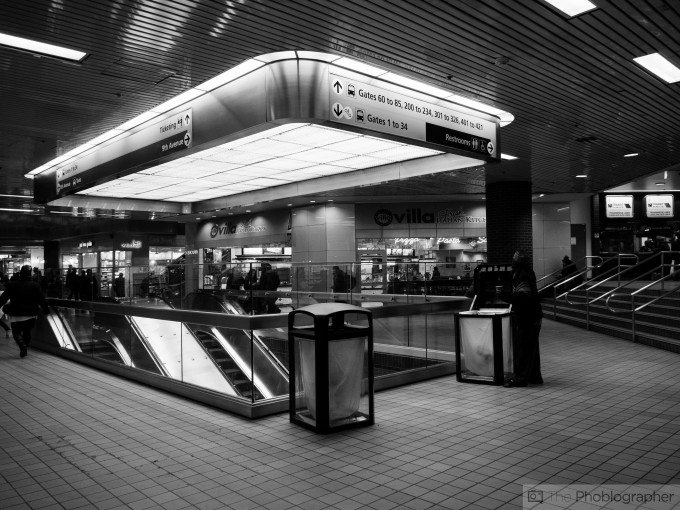
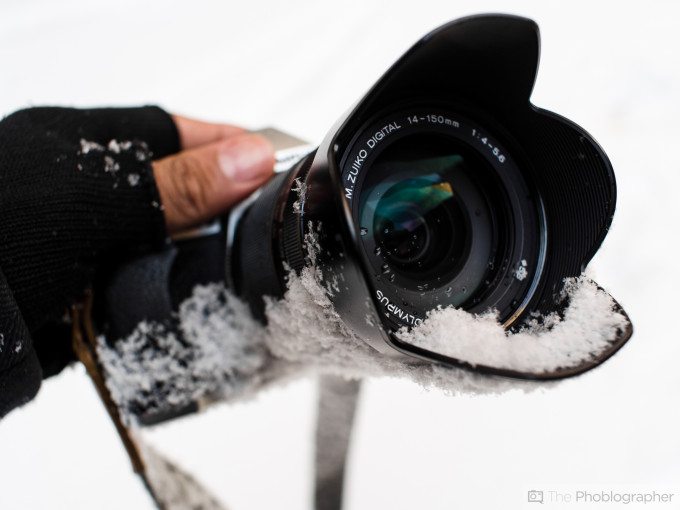
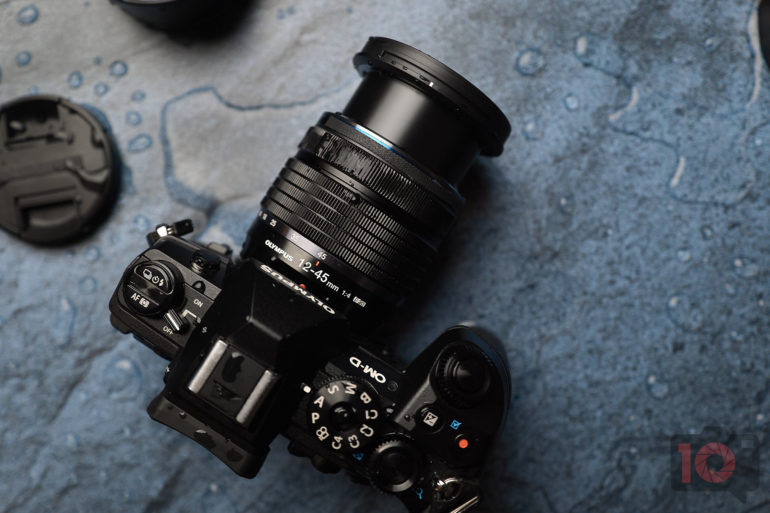
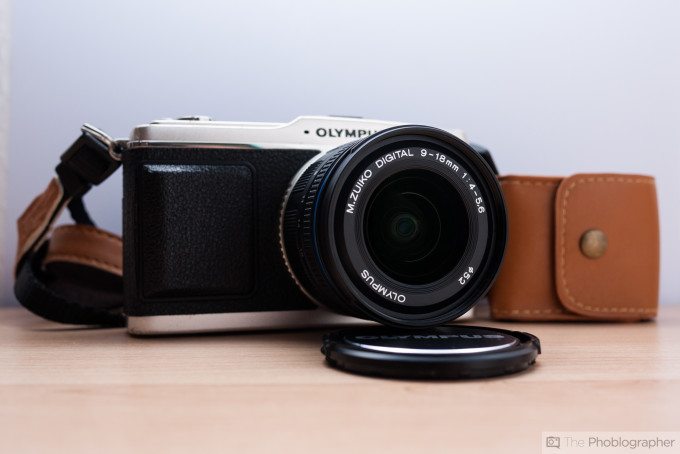
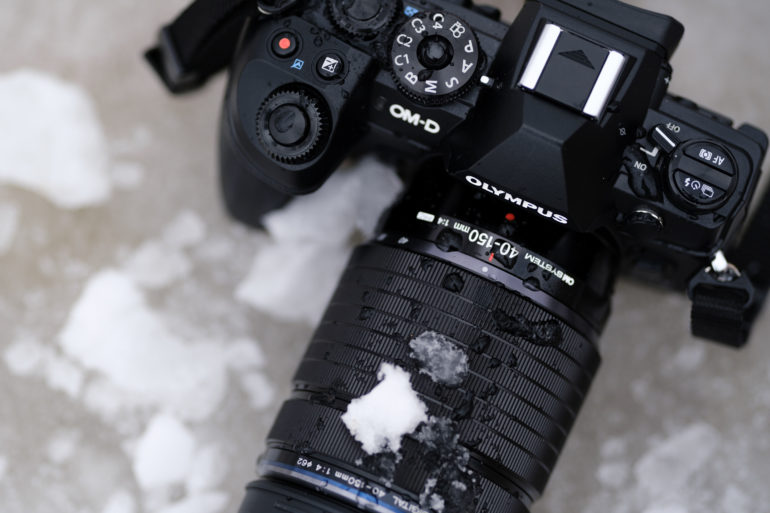
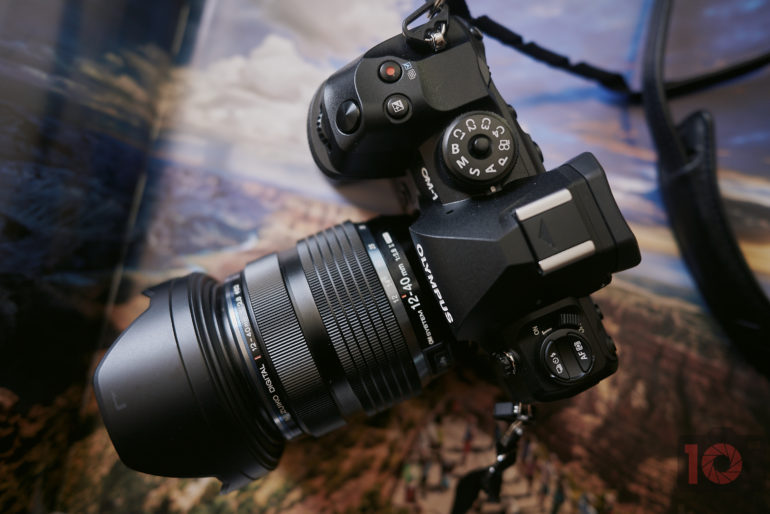
Leave a Reply